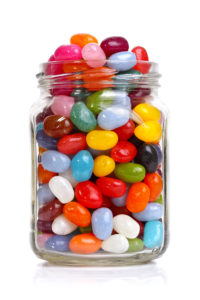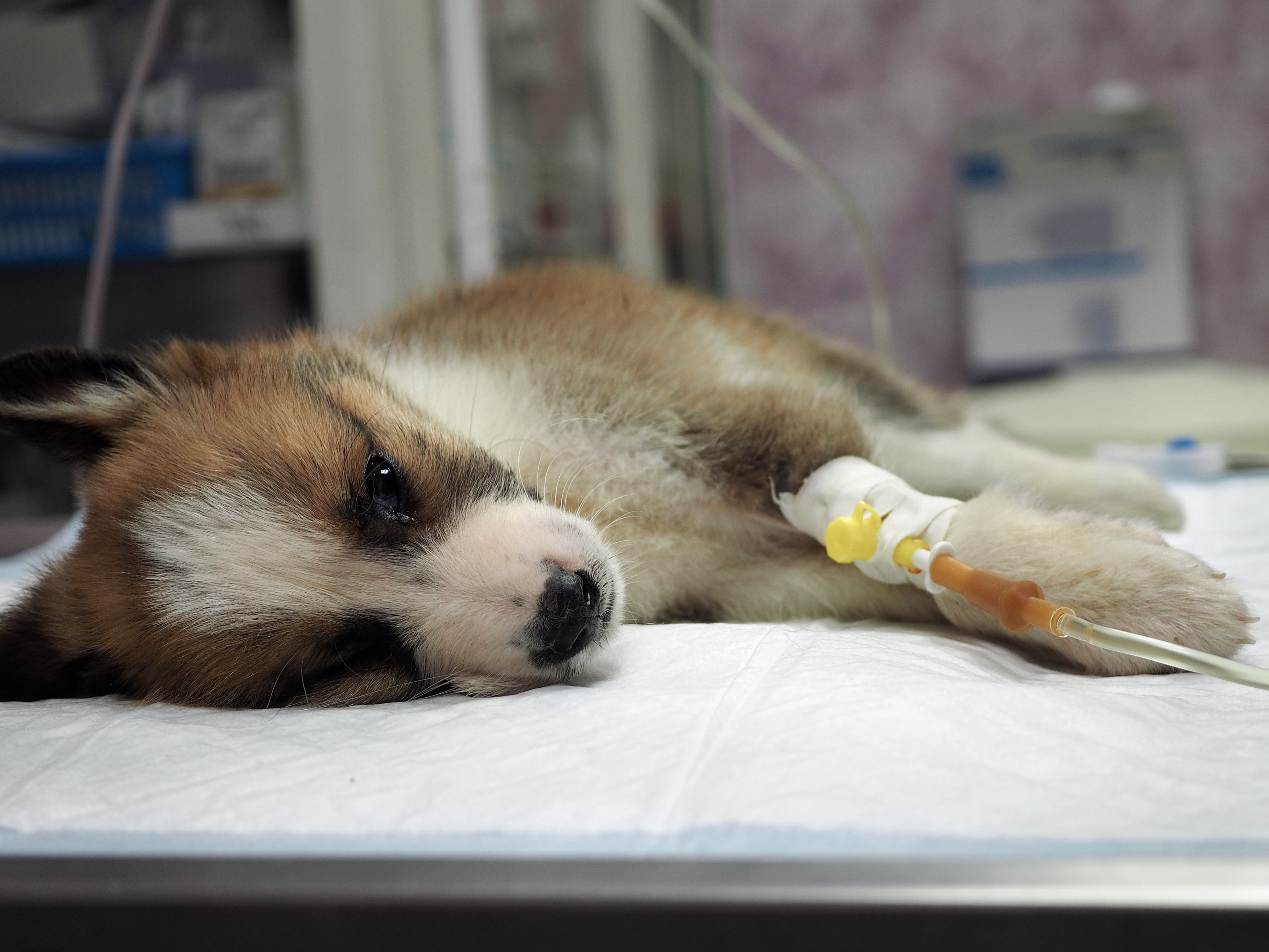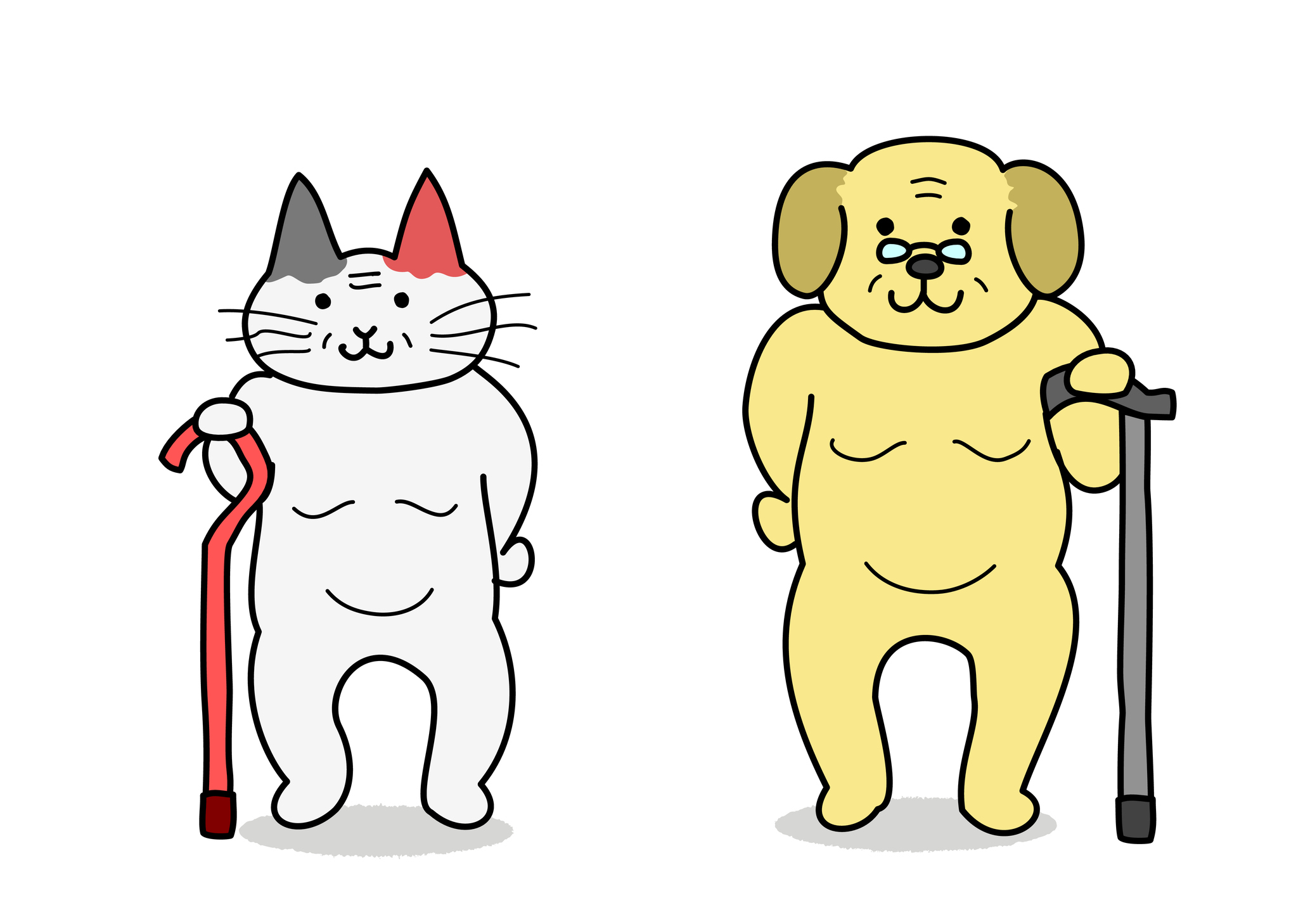
Common Xylitol Toxicity in Dogs
What is Xylitol ? Where can your dog find it? What will happen if your dog ingests it? Dr Tina Walder joins us to answer these questions and give you important information about this common, deadly toxin.
Xylitol is an artificial sweetener (a sugar substitute). It is used, for example, to help with weight loss, reduce tooth decay and often used by people who have Diabetes. Xylitol is found in a large variety of products ranging from:
- Lollies
- Sugar free chewing gum – not all chewing gums (of the same brand) will contain Xylitol. It will depend on the flavour of the gum
- Tooth paste – including baby toothpaste
- Mouthwashes
- Cosmetics
- Skin care products (Xylitol helps skin to retain its natural moisture and it boosts the skins levels of Hyaluronic acid)
Examples of products containing Xylitol…..






What can happen to dogs if they ingest Xylitol?
In dogs, Xylitol impersonates sugar. So, when it’s eaten, their body reacts as if it has just had a sugar hit. The subsequent release of Insulin will cause their blood sugar levels to drop to very low levels (called Hypoglycaemia).
So when toxic levels of Xylitol have been eaten, symptoms that would be seen include, but aren’t limited to:
- Lethargy
- Vomiting
- Loss of coordination (ataxia)
- Collapse
- Seizures
Xylitol absorption into the body can vary. Your dog may begin to show symptoms as quickly as 15 – 30 minutes after eating the product, but it can take up to 12 hours.
[su_highlight background=”#ff230d” color=”#ffffff”]A small piece of sugar free gum (or 0.1g/kg of Xylitol) is all that is needed to be eaten to be toxic to some dogs – depending on their weight.[/su_highlight]
When larger doses are eaten, Xylitol can cause liver failure, blood clotting abnormalities and death. This can occur within a few hours or it can be delayed for a couple of days.
Symptoms of liver failure are:
- Vomiting
- Diarrhoea
- Lethargy
- Spontaneous bleeding and bruising
Diagnosis of Xylitol toxicity is most commonly based on a history of recently eating a product containing it. If it is known that your dog has eaten a Xylitol product within the last 1- 2 hours, vomiting can be induced to help eliminate any product that may be in their stomach.
What can your vet do?
For your Vet to assess the extent of the damage, blood tests will be performed. Treatment plans will then be determined based on these results. Treatment would include intravenous fluid therapy (which would include a sterile sugar solution to help correct the Hypoglycaemia), medication to help control any vomiting and any required medications to help support liver function
Dogs can survive Xylitol toxicity if it is recognised, diagnosed and treated early. Your pet may recover fully if the symptoms are all due to the hypoglycaemia. However, the outcome is unfortunately less favourable if liver damage has occurred.
In most cases, it is generally only dogs that are treated for Xylitol toxicity. The effects on cats are less known. At this stage, there have been no cats reported to have hypoglycaemia secondary to ingestion, but at the same time, cats are much less likely than dogs to eat chewing gum, lollies etc.
Prevention…..
Xylitol toxicity is completely preventable. It is best to go through your pantry (and handbag) and remove any products that may contain Xylitol.
Please tell your children to never feed your dog (or cat) any lollies or gum just in case they do contain Xylitol.
If you think there is a chance that your dog has eaten a product containing Xylitol, please call Vet24 or your regular Veterinary Clinic straight away.



